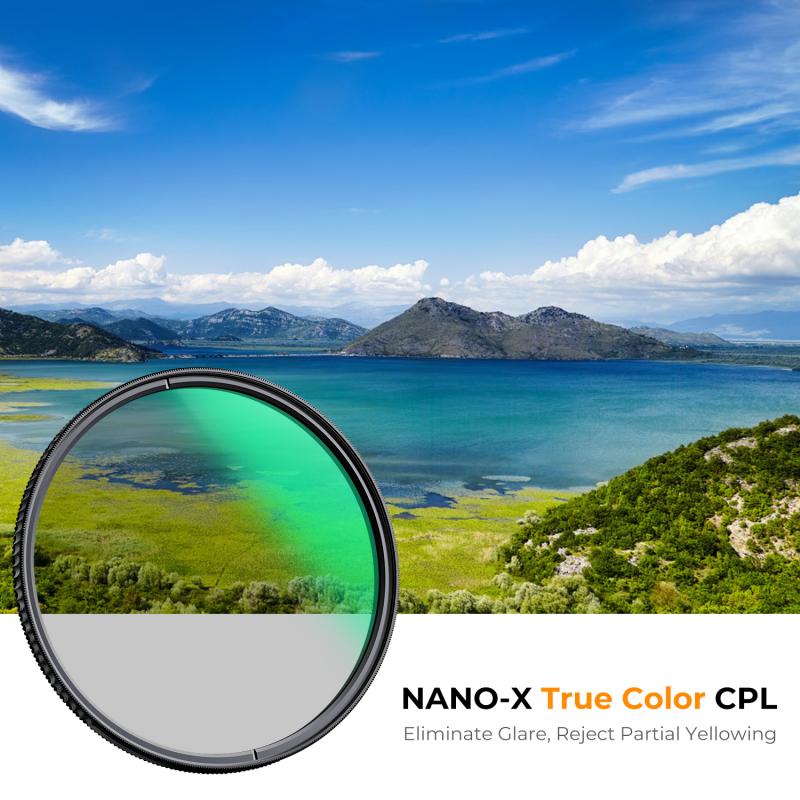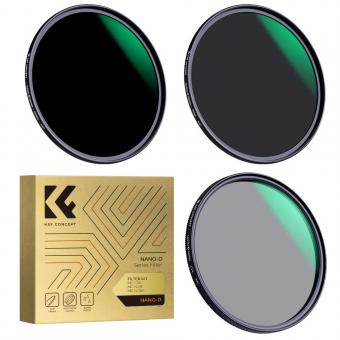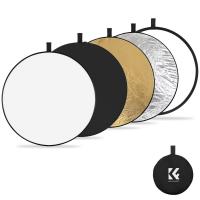What Does A Polarizer Lens Do ?
A polarizer lens is a type of camera lens filter that reduces glare and reflections from non-metallic surfaces such as water, glass, and foliage. It works by blocking certain polarized light waves that are reflected off these surfaces, resulting in a clearer and more vibrant image. Polarizer lenses are commonly used in landscape photography to enhance the colors of the sky and foliage, and in outdoor sports photography to reduce glare from water and snow. They can also be used in portrait photography to reduce shine on skin and hair. Polarizer lenses come in two types: circular and linear. Circular polarizers are more commonly used in digital cameras as they do not interfere with the camera's autofocus and metering systems.
1、 Polarization of Light
A polarizer lens is a type of optical filter that is used to selectively block certain polarizations of light while allowing others to pass through. This is achieved by using a material that has aligned molecules that only allow light waves with a specific orientation to pass through. The result is a reduction in glare and reflections, as well as an increase in contrast and color saturation.
Polarization of light is a fundamental property of electromagnetic waves that describes the orientation of the electric field vector. When light is unpolarized, the electric field vector can be oriented in any direction perpendicular to the direction of propagation. However, when light is polarized, the electric field vector is restricted to a specific orientation.
The latest point of view on polarizer lenses is that they are essential tools for photographers and videographers who want to capture high-quality images and videos. Polarizer lenses can be used to reduce glare and reflections from surfaces such as water, glass, and metal, which can improve the clarity and detail of the image. They can also be used to enhance the color saturation and contrast of the image, which can make it more visually appealing.
In addition to their use in photography and videography, polarizer lenses are also used in a variety of other applications, including LCD displays, 3D glasses, and scientific research. Overall, the ability to selectively block certain polarizations of light has a wide range of practical applications and is an important area of study in the field of optics.
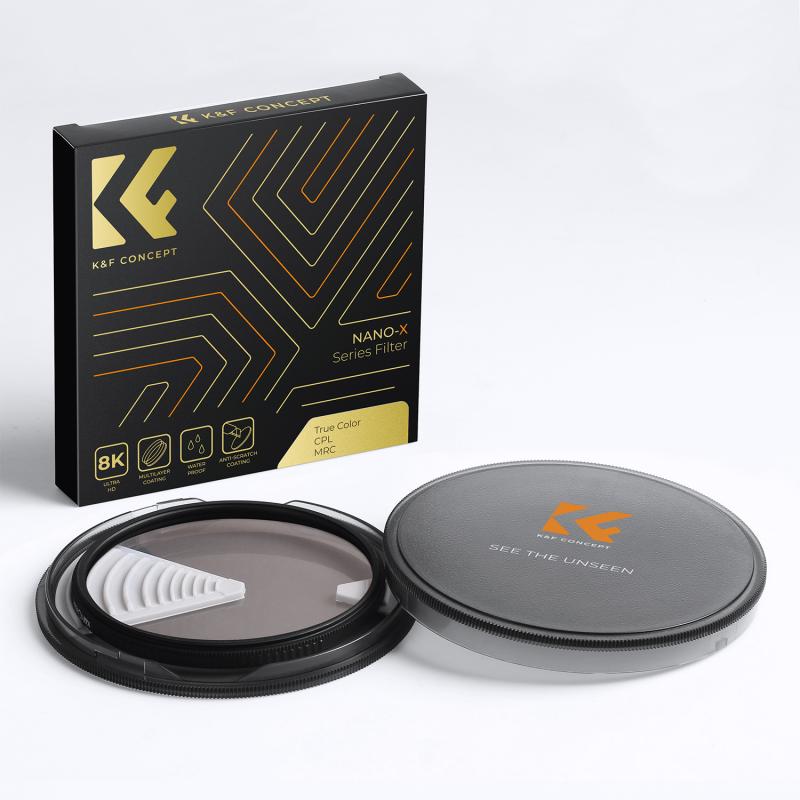
2、 Polarizing Filters
A polarizer lens, also known as a polarizing filter, is a type of optical filter that is used to reduce glare and unwanted reflections from non-metallic surfaces such as water, glass, and foliage. It works by selectively blocking certain polarized light waves while allowing others to pass through, resulting in a clearer and more vibrant image.
Polarizing filters are commonly used in photography, especially for landscape and outdoor photography, to enhance the colors and contrast of the scene. They can also be used to create dramatic effects such as deep blue skies and white fluffy clouds.
In addition to photography, polarizing filters are also used in various other applications such as LCD screens, sunglasses, and scientific research. They are particularly useful in LCD screens to improve the viewing experience by reducing glare and improving contrast.
Recent advancements in technology have led to the development of new types of polarizing filters such as circular polarizers and variable ND filters. Circular polarizers are designed to work with autofocus cameras and do not interfere with the camera's metering and exposure systems. Variable ND filters, on the other hand, allow for adjustable light reduction, making them ideal for video and filmmaking.
Overall, polarizing filters are an essential tool for any photographer or videographer looking to capture stunning and vibrant images while reducing unwanted reflections and glare.
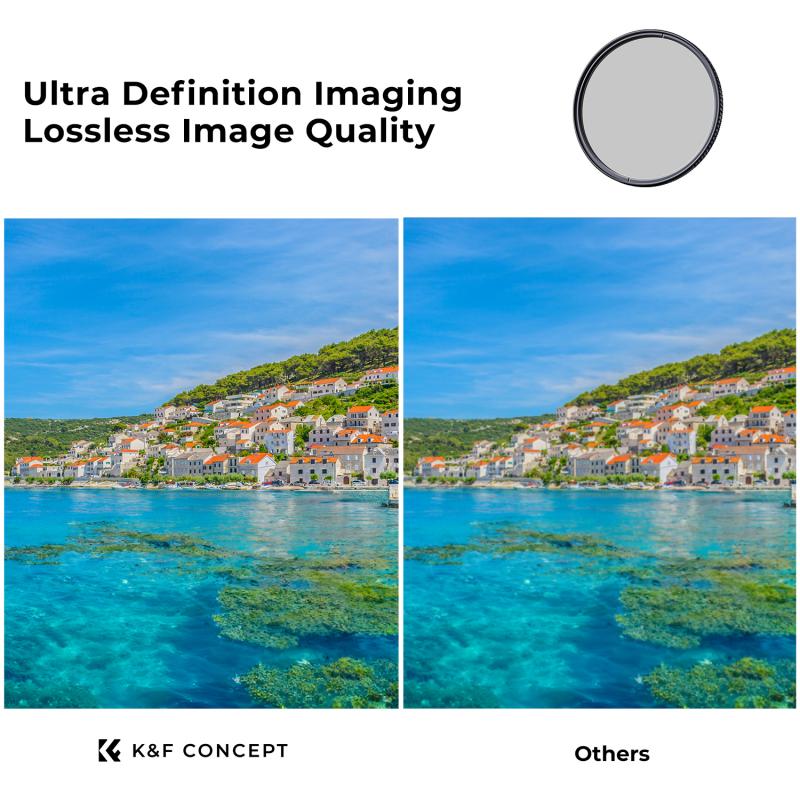
3、 Polarization in Photography
A polarizer lens is a type of filter that is used in photography to reduce glare and reflections from non-metallic surfaces such as water, glass, and foliage. It works by blocking certain light waves that are oriented in a specific direction, allowing only light waves that are oriented in a perpendicular direction to pass through the lens. This results in a reduction of glare and an increase in color saturation and contrast in the final image.
Polarization in photography has been a popular technique for many years, and it continues to be widely used today. With the advent of digital photography, polarizer filters have become more advanced and sophisticated, allowing photographers to achieve even greater control over the polarization effect.
One of the latest developments in polarizer technology is the use of circular polarizers, which are designed to work with autofocus cameras and lenses. These filters are made up of two layers, one of which rotates to adjust the polarization effect. This allows photographers to adjust the polarization effect while still maintaining autofocus functionality.
Overall, polarizers are an essential tool for any photographer looking to capture stunning landscape or outdoor images. They offer a simple and effective way to reduce glare and enhance color saturation, resulting in images that are more vibrant and visually appealing.
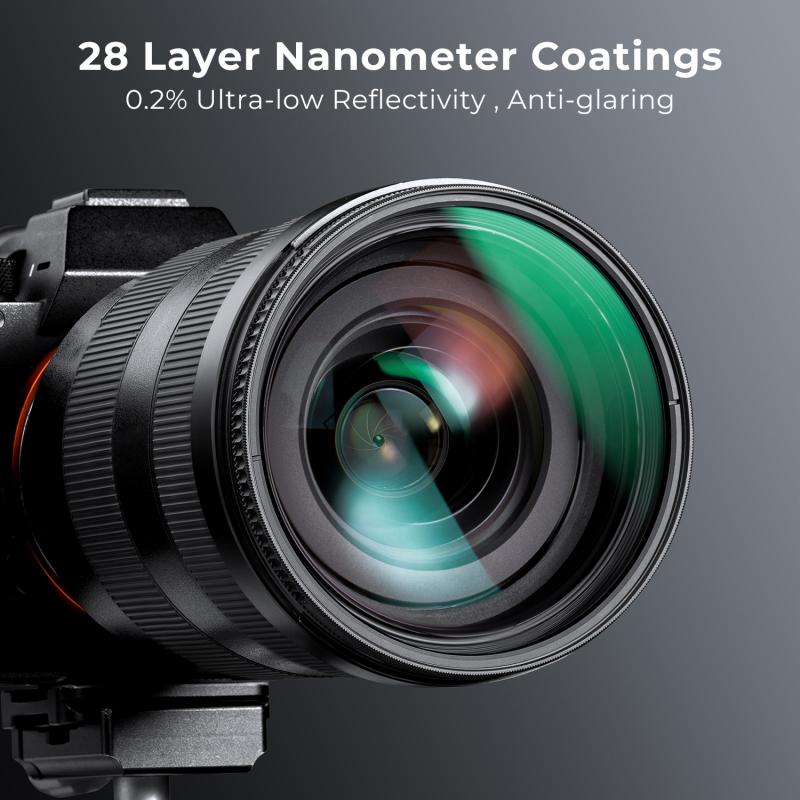
4、 Polarization in LCD Displays
A polarizer lens is a type of optical filter that is used to reduce glare and unwanted reflections from surfaces such as water, glass, and metal. It works by selectively blocking light waves that are oriented in a certain direction, while allowing light waves that are oriented in a different direction to pass through. This results in a clearer, more vibrant image with improved contrast and color saturation.
In LCD displays, polarization is used to control the orientation of light waves as they pass through the liquid crystal layer. This is achieved by placing two polarizer filters on either side of the liquid crystal layer, with their polarization axes oriented at right angles to each other. When an electric field is applied to the liquid crystal layer, it causes the molecules to align in a specific direction, which in turn changes the polarization of the light passing through it. By selectively blocking or allowing certain polarizations of light, the LCD display can create the images and colors that we see on the screen.
Recent advancements in polarizer technology have led to the development of new materials and manufacturing techniques that allow for thinner, more flexible, and more durable polarizer films. These improvements have made it possible to create larger and more complex displays, such as curved and flexible screens, while maintaining high image quality and reducing power consumption. Additionally, polarizers are being used in a variety of other applications, such as sunglasses, camera lenses, and automotive displays, to improve visibility and reduce glare.
